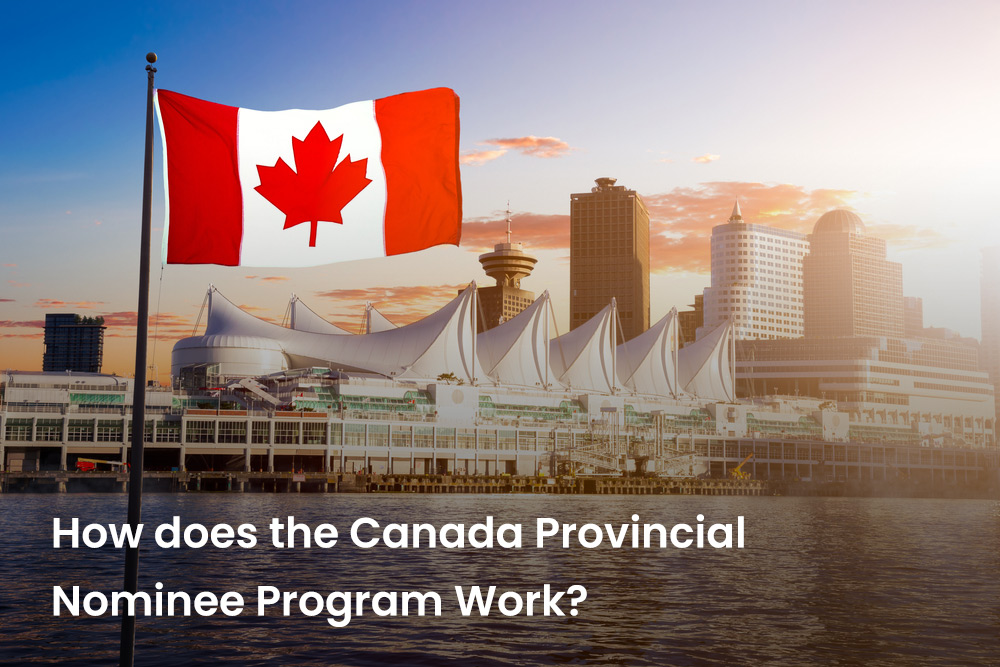To distribute the advantages of immigration across Canada, the federal and provincial governments established the Canada Provincial Nominee Program (PNP) in 1998. Immigration, Refugees, and Citizenship Canada (IRCC) might be urged to provide permanent residence status to hand-picked candidates that the provinces believe will promote their economic growth.
According to the Canadian Constitution, the nation’s immigration policy administration is divided between the federal government and each province and territory. Therefore, the PNP’s primary goal is to disperse the advantages of immigration across Canada. Most immigrants to Canada settled in Ontario, Quebec, and British Columbia until the PNP was introduced in 1998. However, the Prairie provinces (Alberta, Saskatchewan, and Manitoba) and the Atlantic provinces (New Brunswick, Nova Scotia, Prince Edward Island, Newfoundland, and Labrador) have had tremendous success luring immigrants since 1998. As a result, there has been a wider distribution of immigrants across Canada.
Due to this, the Provincial Nominee Program (PNP) enables Canadian provinces and territories to nominate people who want to immigrate to Canada and are interested in relocating to a particular province.
Free Online Canadian Immigration AssessmentMore than 80 PNP streams are designed to draw workers, graduates, and business owners. The PNP is available in every province and territory except Nunavut and Quebec (which run their economic-class programs), which offers the PNP. Each program is based on the province’s various labor force requirements.
Why is provincial nomination necessary for Canada?
Both the federal and provincial governments in Canada are accountable for immigration. However, the provinces did not exert much power over the majority of Canada’s history. As a result, most immigrants to Canada settled in Ontario, British Columbia, and Quebec.
Rural Canada, the prairie provinces, and Atlantic Canada did not gain from immigration. The PNP was established to give provinces and territories across Canada a tool to draw in and keep more immigrants. It has demonstrated its viability and will be Canada’s top economic class pathway in 2022 and 2023.
How Does It Function?
Nominations For The Base PNP Stream
Through a PNP, there are two ways to obtain permanent residency. The first method is through a base PNP stream. When a candidate applies straight to a PNP stream, this happens. Next, a letter of nomination will be issued to the applicant by the province after it has reviewed the application to ensure that it satisfies all requirements for the PNP stream. The next step is to apply for permanent residence at IRCC. According to IRCC, applicants for permanent residence who select a base PNP can anticipate a 27-month wait time for their applications.
Enhanced PNP Stream Nomination
A PNP-enhanced nomination is the second method for obtaining permanent residency. With the federal Express Entry application administration system, enhanced PNP streams are coordinated.
Candidates who meet the requirements for an Express Entry program, such as the Federal Skilled Workers Program (FSWP), Federal Skilled Trades Program (FSTP), or Canadian Experience Class (CEC), obtain an Invitation to Apply (ITA) by securing a provincial nomination.
Provincial governments can look at a candidate’s online Express Entry profile when they build one and determine whether or not they would be suitable for their region. Also, an applicant for Express Entry has the option to specify in their profiles whether they have a preferred province for relocation. As a result, a province could ask a candidate to apply for a provincial nomination by sending the candidate a notification of interest.
If a candidate is selected, they then apply to the province. They get a letter of nomination and automatically score 600 points in the Comprehensive Ranking System if they satisfy all the program requirements (CRS). This raises the likelihood of permanent residency guarantees an ITA from the IRCC. Express Entry applications must be processed within six months.
The PNP’s Advantages
Canada’s 80 PNP streams offer more options than ever to obtain permanent residency. The range of alternatives for candidates with different human capital qualities, such as age, education, language proficiency, or job experience, is made possible by the broad eligibility criteria. Research has also shown that the PNP supports immigrants’ economic integration.
The PNPs have shown to be an effective way of luring skilled employees to provinces like the prairies and the Atlantic, which historically do not have significant immigrant populations. Provinces can meet workforce shortfalls while providing skilled professions to immigrants by creating specialized provincial pathways, like the recently announced program for healthcare workers in Saskatchewan.
In addition, PNPs assist in addressing specific provincial labor market needs in sectors like technology and healthcare in larger provinces like Alberta, Ontario, and British Columbia, where immigration numbers are already high.
Contact Us

